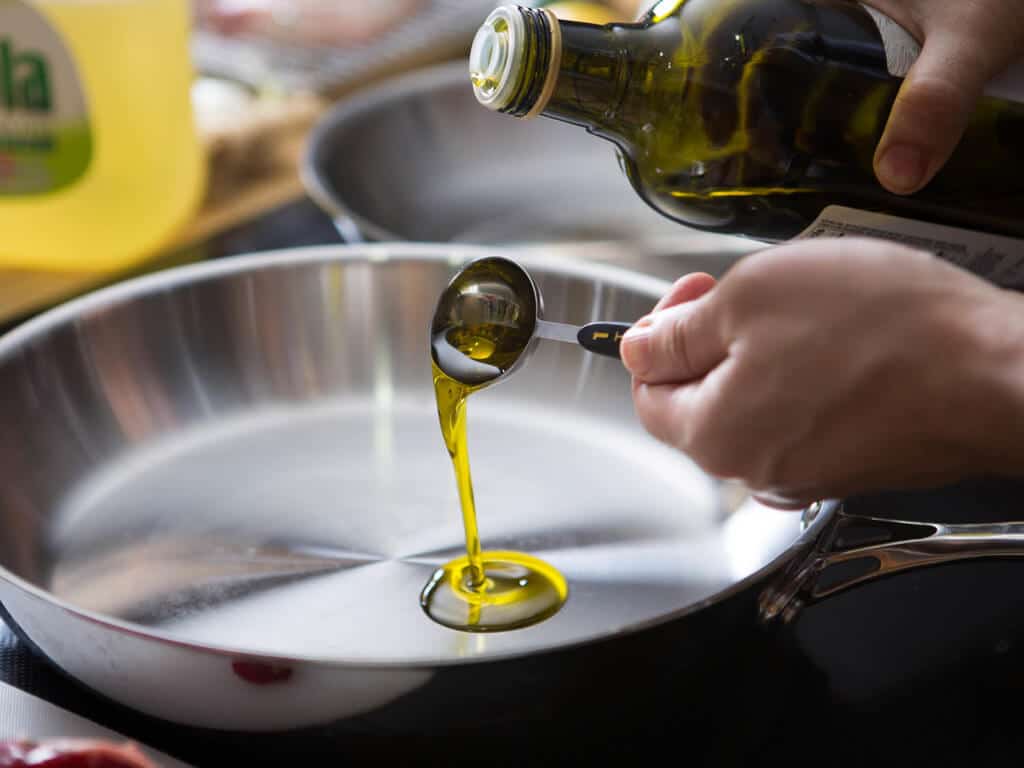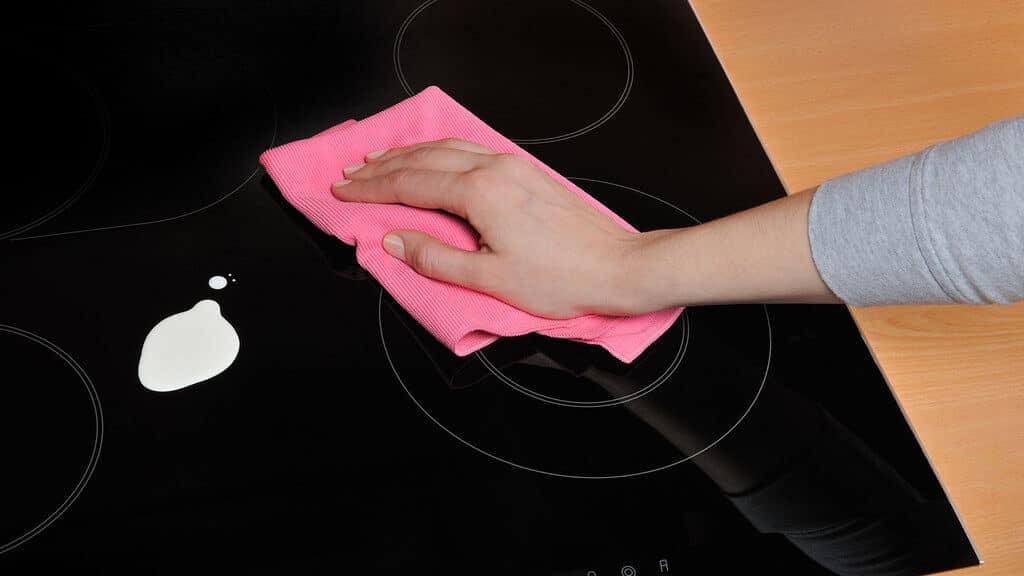Even if you just fix meals a couple of times a week, your stove will store remnants of any meal you produce. At the seemingly endless task of keeping cooktops clean, even with a regular wipe down, the most specific housekeepers can get distracted. An overflowing oil build-up or pot could present a difficult mess to try to remove. The cleaning of conventional stovetops is notoriously difficult. Their size, shape, and often caked-on reminders of long past meals can make all of the world’s elbow grease appear like a waste of time. Cleaning your stovetop can save you money, as usual, it will help the unit to last longer.
Nonetheless, there is no need for harmful chemicals that can destroy surfaces and make you feel sick. Most people are now turning to green methods to clean their stoves. Here are the top 11 ways to make your cooking surfaces sparkle like new without you breaking a sweat again. Also, refer to the owner’s manual that came in with your stovetop before you start.
1. Use baking soda and hydrogen peroxide

There are few other cleaners packing this amount of power. Brush off your oven and discard any remaining debris. Sprinkle with baking soda over the entire surface and then drizzle with peroxide. Note as the baked-on gunk fizzles and breaks down. When the stains have been removed easily clean and dry.
2. Clean with ammonia

While ammonia isn’t ideal for cleaning up things, nothing better tackles the baked burners on grime. With this approach, there is less work for you to do. Simply through the removable burners in a zipper-top container, add ammonia, and then seal. Leave everything overnight on your veranda. The very next day, wash them off and see how they sparkle.
3. Try olive oil or vegetable oil

This approach calls for you to spill a little olive or vegetable oil out onto your stove. Then brush the oil into the caked-on messes using a cloth. Then use an all-purpose cleaner to wipe it all off. That also definitely works on your stove hood.
4. Use boiling water

If you don’t have any additional items around the house but need to quickly clean your stove, try boiling water. Pour the boiling water gently and cautiously onto the filthy floor. When you let it sit until it cools, the rough stuff will literally wash away. If required, scrub stubborn areas with a bit of soap on a sponge. It is a simple and environmentally sustainable approach since it uses ingredients that are entirely natural and chemical-free.
5. Use white vinegar

White vinegar is the perfect cleanser. This is used by loosening stains and streaks to clean glass stovetops.
In an unused spray bottle, simply mix one part of white vinegar into two parts of tap water. Next, spray and wipe the solution onto your glass stovetop. Vinegar acidity helps eradicate the grime. You can use this mixture in your kitchen for daily cleaning and sanitizing.
6. Use baking soda or dish soap

In the small bowl, combine the same parts of soap with baking soda. Mix together until a slightly foamy texture creates a frost-like consistency.
Then use the mixture generously to drip the pans. Scrub the pans down to release the grime. Transfer the drip cups into zip-top bags for about one hour, then move the cups from the bags and remove the gunk.
7. Try lemon and Baking Soda

Lemons have the characteristics of removing natural fat, and baking soda has natural antibacterial properties. Baking soda contains extremely fine particles which help to remove baked-on stains but which are gentle enough not to scratch the glass.
Sprinkle just a pinch of baking soda onto a glass stovetop. Then wipe off the surface using a lemon slice. To clear any traces of the baking soda particles and lemon pulp, clean the region with a damp cloth.
8. Try Salt and Baking Soda

Blend one baking soda tablespoon and a salt tablespoon. Next, add one tablespoon of water and mix the paste together. Dip a rag into the gunk mixture and scour off. Pour overflows on the mixture. It absorbs liquid and makes a breeze clean.
9. Clean with Soap and Water

Remove electric burners from the stovetop for this method. Rinse any residue from the coils using a cloth and a little mild dish soap and water. Blend a thick paste of equal parts baking soda and water for any cooked-on food debris which does not come off, and then implement it to the troubled spot. The burner is scrubbed and rinsed after about 20 minutes. Replace the burner after it’s dry to the full.
10. Use razor/scraper

For those scorched-on stains difficult-to-remove, consider using a scraper. What you need to do is literally keep the razor blade to the stove at an angle and scrape the residue securely away. When you’ve done chipping off your burners the scorched-on stains, you can easily clean away any residual residue as normal.
11. Use oven cleaner

Oven cleaner works fine for gas stovetop cleaning. Place the removable parts outdoors or in a well-ventilated area on a newspaper and spray with a commercial oven cleaner.
Keep them powdered for a few hours or overnight. Next, clean the burners in soft, soapy water. Just use the rough side of a sponge on uncoated grates. For coated ones, choose a soft cloth. Let the items dry, already when you replace them entirely.

Final thoughts!
Prior to attempting any of these techniques, please ensure that the stove is cool. Wipe any loose crumbs off with a damp paper towel. With these helpful cleaning tips, your cooktop might look new again. Remember to clean it to avoid having to do a thorough, deep clean again after every use. Baffling your stovetop regularly helps make deep cleaning easier. Continue to clean the burners frequently so that the oils do not build up and damage your machine.
The longer you delay the cleaning of your cooktop, the more you can build up grime. Keeping it clean is important from a functional and aesthetic point of view. Without regular maintenance, hood vents and fuel ports can jam up, causing damage.
Continue reading:

